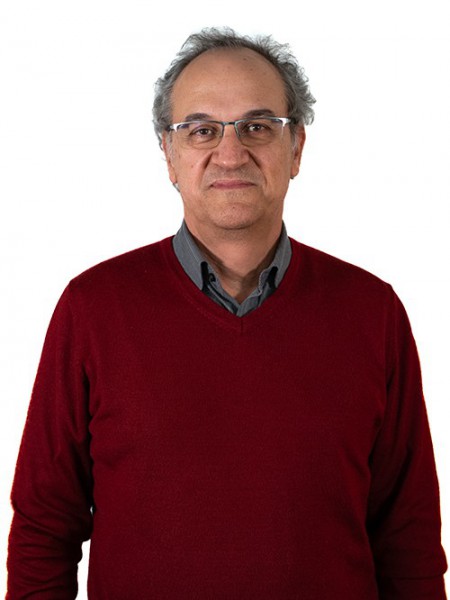resumo
Background: Massive rotator cuff tears (MRCTs) represent a major clinical concern, especially when degeneration and chronicity are involved, which highly compromise healing capacity. Purpose: To study the effect of the secretome of mesenchymal stem cells (MSCs) on tendon cells (TCs) followed by the combination of these activated TCs with an electrospun keratin-based scaffold to develop a tissue engineering strategy to improve tendon-bone interface (TBi) healing in a chronic MRCT rat model. Study Design: Controlled laboratory study. Methods: Human TCs (hTCs) cultured with the human MSCs (hMSCs) secretome (as conditioned media [CM]) were combined with keratin electrospun scaffolds and further implanted in a chronic MRCT rat model. Wistar-Han rats (N = 15) were randomly assigned to 1 of 3 groups: untreated lesion (MRCT group, n = 5), lesion treated with a scaffold only (scaffold-only group, n = 5), and lesion treated with a scaffold seeded with hTCs preconditioned with hMSCs-CM (STC_hMSC_CM group, n = 5). After sacrifice, 16 weeks after surgery, the rotator cuff TBi was harvested for histological analysis and biomechanical testing. Results: The hMSCs secretome increased hTCs viability and density in vitro. In vivo, a significant improvement of the tendon maturing score was observed in the STC_hMSC_CM group (mean +/- standard error of the mean, 15.6 +/- 1.08) compared with the MRCT group (11.0 +/- 1.38; P < .05). Biomechanical tests revealed a significant increase in the total elongation to rupture (STC_hMSC_CM, 11.99 +/- 3.30 mm; scaffold-only, 9.89 +/- 3.47 mm; MRCT, 5.86 +/- 3.16 mm; P < .05) as well as a lower stiffness (STC_hMSC_CM, 6.25 +/- 1.74 N/mm; scaffold-only, 6.72 +/- 1.28 N/mm; MRCT, 11.54 +/- 2.99 N/mm; P < .01). Conclusion: The results demonstrated that hMSCs-CM increased hTCs viability and density in vitro. Clear benefits also were observed when these primed cells were integrated into a tissue engineering strategy with an electrospun keratin scaffold, as evidenced by improved histological and biomechanical properties for the STC_hMSC_CM group compared with the MRCT group.
palavras-chave
BIOLOGIC AUGMENTATION; EXTRACELLULAR-MATRIX; FLEXOR TENDON; REPAIR; REGENERATION; PROLIFERATION; INTERLEUKIN-6; DEGENERATION; TENOTOMY; MUSCLE
categoria
Orthopedics; Sport Sciences
autores
Sevivas, N; Teixeira, FG; Portugal, R; Direito-Santos, B; Espregueira-Mendes, J; Oliveira, FJ; Silva, RF; Sousa, N; Sow, WT; Nguyen, LTH; Ng, KW; Salgado, AJ



